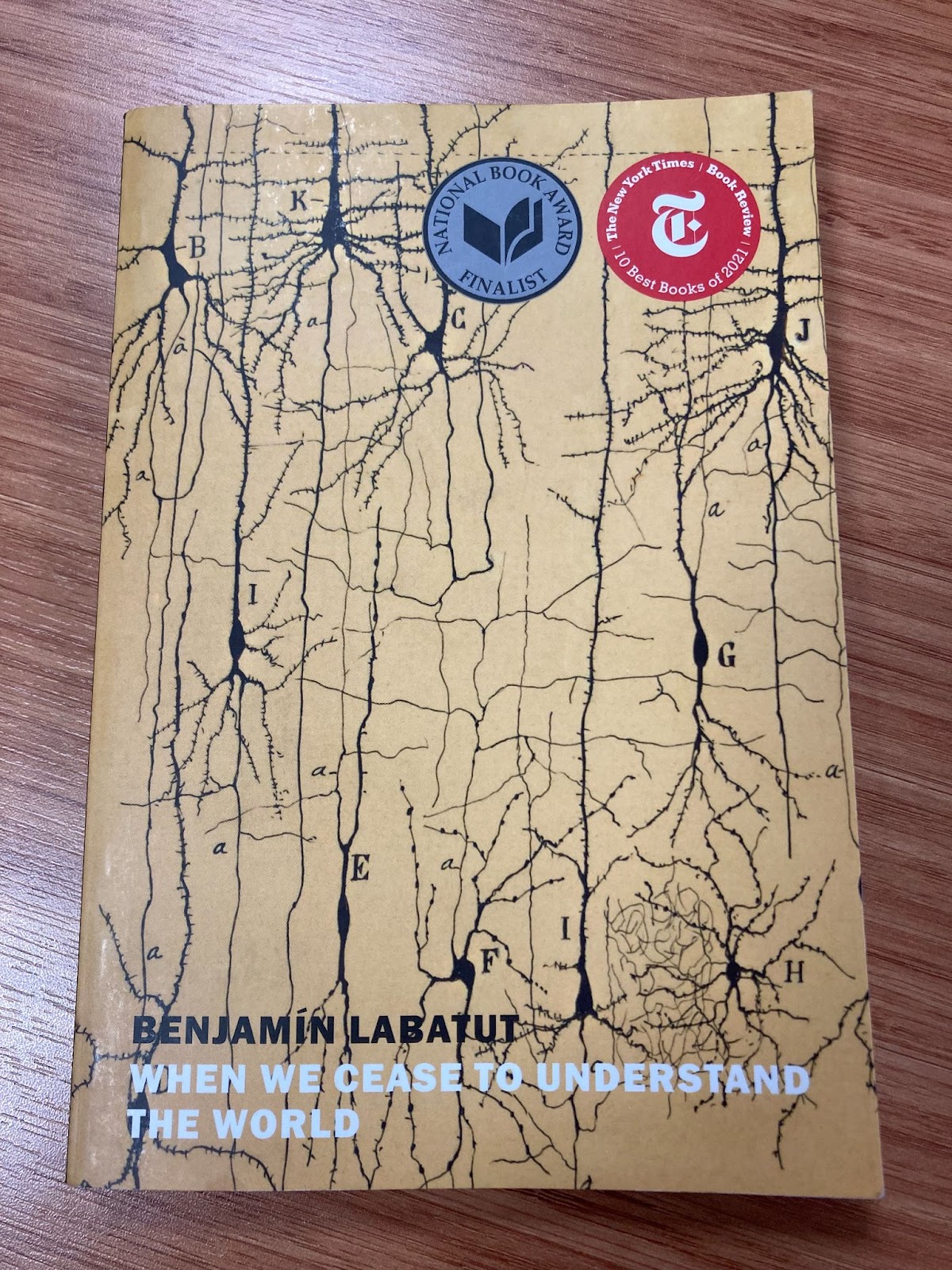Book Review: When We Cease to Understand the World
When We Cease to Understand the World, by Benjamin Labatut, blurs the line between fiction and nonfiction by telling the story of great mathematicians and scientists of the 20th century.

In each chapter, Labatut recreates the events and personal struggles each scientist went through to reach their breakthrough. He also discusses the historical events happening during that time and how those influenced the direction of the knowledge production.
The book is a fascinating dive into the personal mindset and philosophical struggles of some of the most famous scientists and mathematicians of the recent century. Labatut takes liberty and creative freedom when recreating moments of genius and breakthroughs, though at times it’s difficult to separate fantasy from reality.
Personally, one of the most thought-provoking chapters for me was learning about Shinichi Mochizuku, a Japanese mathematician who published articles in 2012 containing a proof to the conjecture a + b = c. However, so far no one has been able to understand the proof, which begs the question, “What is the role of the mathematical community in the validity of a proof?” What happens when someone creates a proof that is not accepted by the mathematical community? To this day, Mochizuku has refused to offer any explanation or justification for his proof. Many who have tried to decipher Mochizuku’s work have declared is too bizarre and abstract, thinking it was a paper from the future, as Mochizuku created a new branch of mathematics to prove the conjecture.
From Heisenger to Schrödinger to Mochizuku to Bohr, for anyone interested in mathematics and physics, I would recommend this book to learn more about the history of the theories and conjectures we use in our classes. You will learn more about the interpersonal relationships and conflict between some of the greatest minds in recent history, leading to the groundbreaking results we still use today.